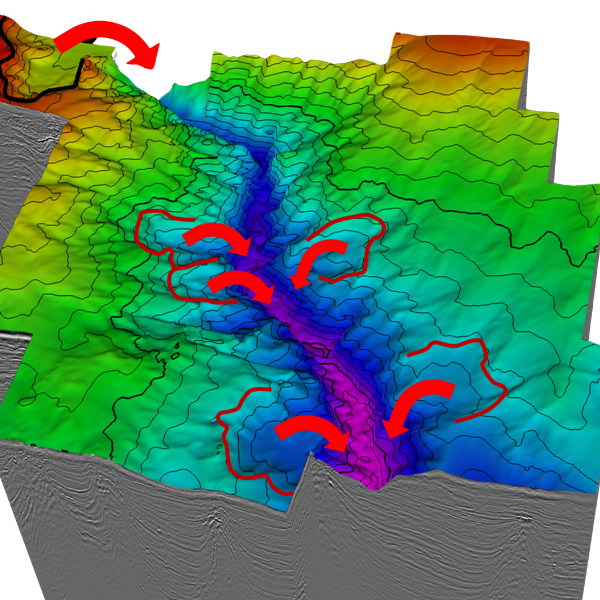CARBON STORAGE APPRAISAL
CASE STUDY: SMEAHEIA FAULT BLOCK
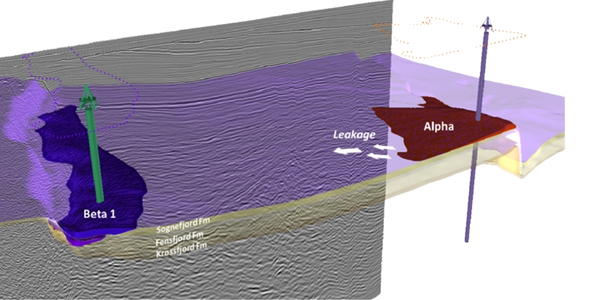
Structural trap appraisal is a critical part of the exploration workflow and requires a combination of tools to fully leverage the seismic volume — from structural and stratigraphic interpretation, to anomaly analysis and depth conversion, all the way through to estimating Gross Rock Volume (GRV).
CASE STUDY AT A GLANCE

LOCATION
Horda Platform, Offshore Norway

SURFACE AREA
700 KM2

AGE OF SEDIMENT
Triassic to Miocene

GEOLOGICAL CONTEXT
Rifting & passive margin

DEPOSITIONAL ENV.
Coastal to shallow marine

MAIN CHALLENGES
Structural configuration, depth conversion, trap GRV estimation
LOCATION
The Smeaheia Fault Block is located offshore Norway in the Northern North Sea, east of the giant Troll Field, within a region targeted for CO₂ storage development.
AUTHOR

Sven Philit
R&D Geoscientist
SYNOPSIS
The Smeaheia Fault Block, located offshore Norway in the Northern North Sea, is a promising candidate for CO₂ storage. Its Upper Jurassic Sognefjord, Fensfjord, and Krossfjord formations are recognized for their good to moderate reservoir quality, structural compartmentalization, and effective sealing by the shaly Heather and Draupne formations.
This case study evaluates the CO₂ storage potential of Smeaheia using PaleoScan™’s advanced seismic interpretation workflow. Through integrated structural and stratigraphic analysis, RGT modeling, stratal slicing, depth conversion, and volumetric estimation, two potential CO₂ traps—Alpha and Beta—are identified. Gross rock volumes range from 1.20 to 5.31 km³, supporting estimated CO₂ storage capacities between 0.3 and 1.4 GT. The approach provides a scalable, data-driven methodology for early-stage storage assessment.
KEY TOPICS
- Structural interpretation using PaleoScan™’s Automated Fault Extraction (AFE)
- Stratigraphic interpretation and Relative Geological Time (RGT) modeling
- Stratal slicing and attribute analysis
- Velocity modeling and depth conversion
- Gross rock volume (GRV) estimation
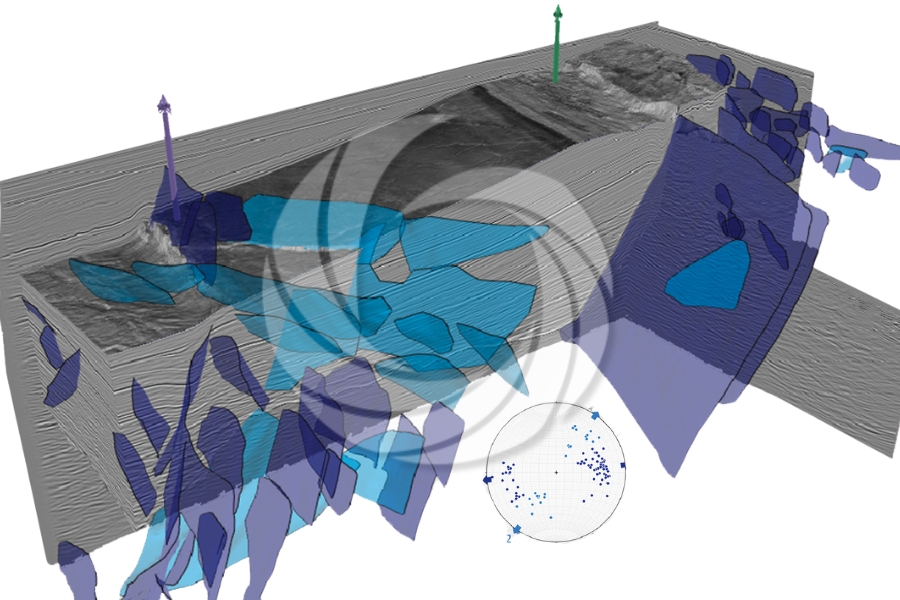
Structural interpretation
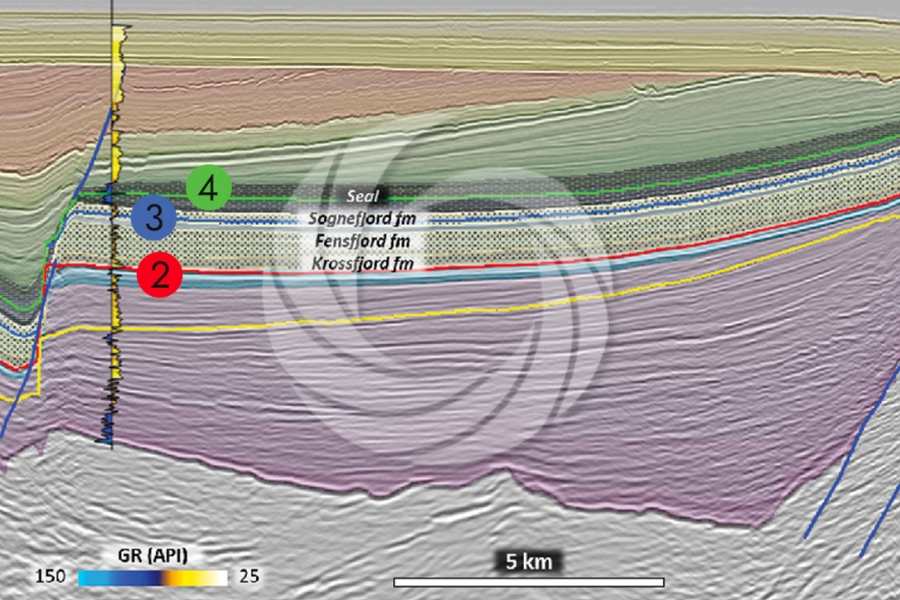
Stratal slicing & attribute analysis
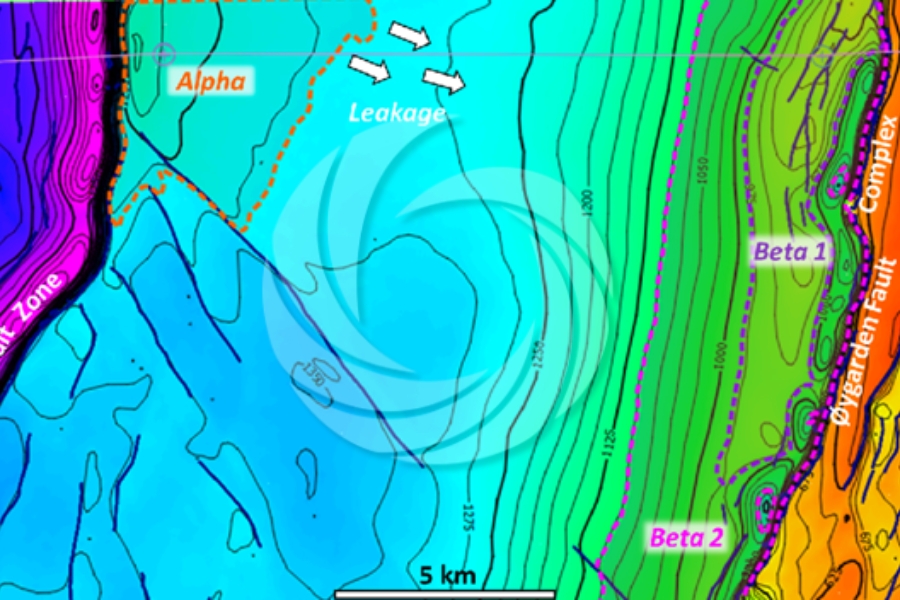
Velocity modeling & depth conversion
WANT TO DIVE DEEPER? DOWNLOAD THE FULL CASE STUDY BELOW!





